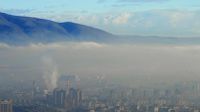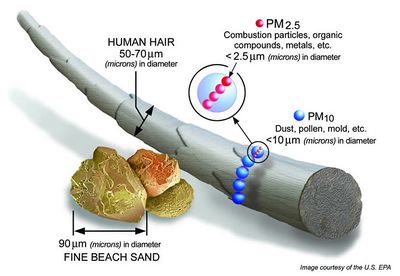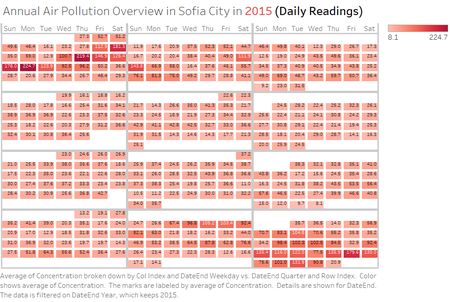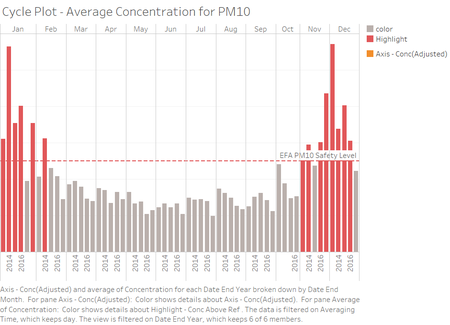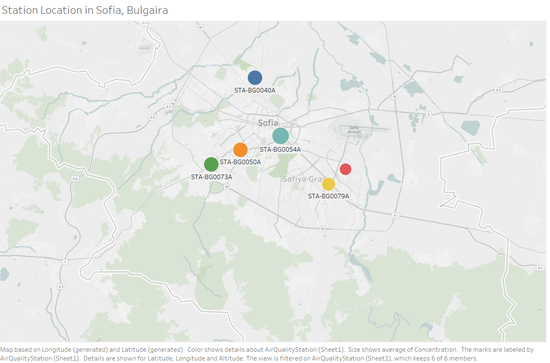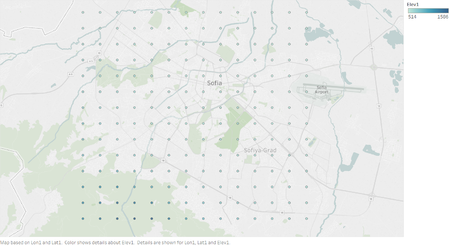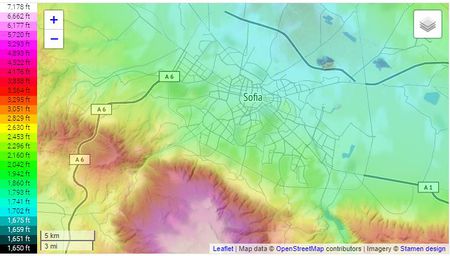ISSS608 2018-19 T1 Assign Soo Zhi Kai
|
|
|
|
|
To be a Visual Detective
Air pollution is an important risk factor for health in Europe and worldwide. A recent review of the global burden of disease showed that it is one of the top ten risk factors for health globally. Worldwide an estimated 7 million people died prematurely because of pollution; in the European Union (EU) 400,000 people suffer a premature death. The Organisation for Economic Cooperation and Development (OECD) predicts that in 2050 outdoor air pollution will be the top cause of environmentally related deaths worldwide. In addition, air pollution has also been classified as the leading environmental cause of cancer.
Air quality in Bulgaria is a big concern: measurements show that citizens all over the country breathe in air that is considered harmful to health. For example, concentrations of PM2.5 and PM10 are much higher than what the EU and the World Health Organization (WHO) have set to protect health.
Bulgaria had the highest PM2.5 concentrations of all EU-28 member states in urban areas over a three-year average. For PM10, Bulgaria is also leading on the top polluted countries with 77 μg/m3on the daily mean concentration (EU limit value is 50 μg/m3).
According to the WHO, 60 percent of the urban population in Bulgaria is exposed to dangerous (unhealthy) levels of particulate matter (PM10).
Contents
Background
Before we start, what do you need to know?
1. What is Particulate Matter (PM)?
A mixture of solid particles and liquid droplets found in the air. Some of the particles, such as dust, dirt, soot or smoke, are large enough to be seen with the naked eye. Others are so small they can only be detected using an electron microscope.
PM10 : atmospheric PM that has a diameter of 2.5 to 10 micrometers, which is about 20-30 times smaller than the width of a hair.
Harmful Effects : small enough to get inhaled past our defensive nose hairs and into our lungs
PM2.5 : atmospheric PM that has a diameter of less than 2.5 micrometers, which is about 3% the diameter of a human hair.
Harmful Effects : Given the minute size, particles smaller than 2.5 micrometers are able to bypass but only the nose and throat and penetrate deep into lungs but even entering the bloodstream
Comparison between PM10 and PM2.5 (Image courtesy of U.S EPA)
2. The Location
Sofia is the capital of Bulgaria. This largest city of Bulgaria is located in the western part of the country and surrounded by mountains.
Sofia hosts some 1.23 million residents within a territory of 492kmq.
The air pollution is largely caused by the trapped pollutants within the Sofia valley. Being surrounded by mountains, the air reduces the ability to self clean.
This results in Sofia being the most poluted air of any capital in the European Union.
Sofia and surrounding moutains (Image courtesy of Wikipedia)
3. The Time
The time frame would be from 2013 to 2018 (Official) and 2017 & 2018 (Citizens). How the time frame is disceted is being discussed in methodology.
4. The Sensors
Though there are supposedly 5 official sensors located in the city, there were 6 observed stations.
It is likely that the 6th station is BG0079A (Miadost), where the documented readings were only for 2018. We have included the data with the possibility of exclusion.
Apart from the official sensors, there were also measurements taken by the locals. It is a citizens' initiative to provide a comprehensive illustration of the city's air quality. The group, AirBG, was set up in Apr 2017 and often hold meetings with the Ministry of Environment and other relevant agencies to tackle Sofia City's poor air quality.
BG0050A (Pavlovo)
BG0052A (Druzhba)
BG0054A (Nadezhda)
BG0073A (Kopitoto)
5. The Data
Official air quality measurements. Data Description File:Data Description.txt
Citizen science air quality measurements : Tempeature; Humidity and Pressure accross stations with topogrpah details.
Meteorological measurements : Temperature; Dew Point Temperature; Humidity; Wind speed; Pressure; Rainfall; Visibility; Dew Point
Topography data. (See 6.)
6. The Geography
Sofia City is situated in the western part of Bulgaria and at the northern foot of the Vitosha mountain. Being in the Sofia Valley, the city is surrounded by comparatively high mountains on all sides.
Located in the valley and surrounded by mountains, Sofia reduces its ability of the air to self-clean. This results in the air being polluted by particulate matters and nitrogen oxides. As mentioned earlier, Sofia is the most pollution (air) city in the European Union.
